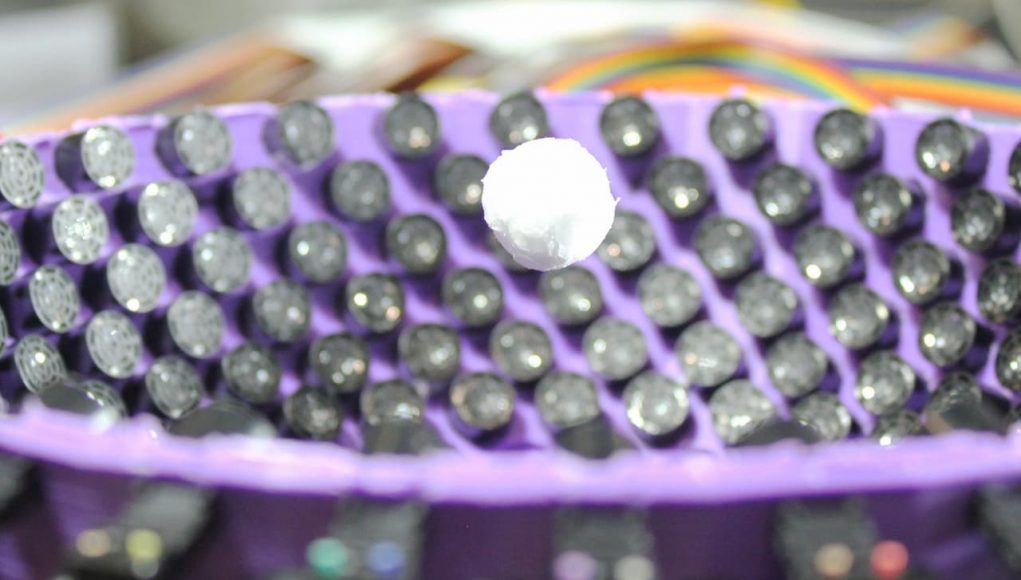The fantastic predictions of science fiction writers seem to have a viable future, after scientists at the University of Bristol developed a technology that could lay the foundations for the levitation of significant objects, including humans.
For decades researchers have tried to levitate objects using only the power of sound, but it has always been impossible to maintain a stable element if it was more significant than the wavelength of sound.
Acoustic: How it works?
But now the specialists claim to have solved the problem. Instead of using a rotating sound field to hold an object in place. So, they have built a device that converts sound waves into mini tornados.
The Bristol team discovered that they could stabilize the acoustic beams. That is rapidly changing the direction in which the vortices rotated. They also managed to increase the size of the silent core. So, allowing the device to be able to keep larger objects suspended.
This new approach allows researchers to overcome the size barrier. Also, that could be used in applications that require positioning and careful manipulation of objects. For example, medical procedures such as the removal of kidney stones.
In a demonstration, the researchers were able to hold a 2 cm diameter polystyrene ball in a stable position. That is in the middle of the acoustic traction device using ultrasonic sound waves at a frequency of 40 kilohertz (kHz). That is inaudible to humans but can be heard by individual animals, such as bats.
The sphere was more than twice the size of the sound wavelength at 40 kHz. So, indicating that the technique is promising for the levitation of much more great objects.
What Inventors say?
About the results, the primary author of the research, Professor Asier Marzo, of the Department of Mechanical Engineering of Bristol, commented:
Our work opens the door to many new applications among which one could find the non-contact control of drug capsules or microsurgical instruments within the human body. Also, it could be possible to move and manipulate fragile elements in an entirely new way.
Perhaps most impressive is that the research suggests that this technique could be scalable to reach previously unimaginable proportions. In this regard, associate researcher Mihai Caleap says: “In the future, with a more acoustic power it will be possible to levitate even larger objects. Soon, ‘floating in the air’ could go from being just a fiction to being a reality. “
